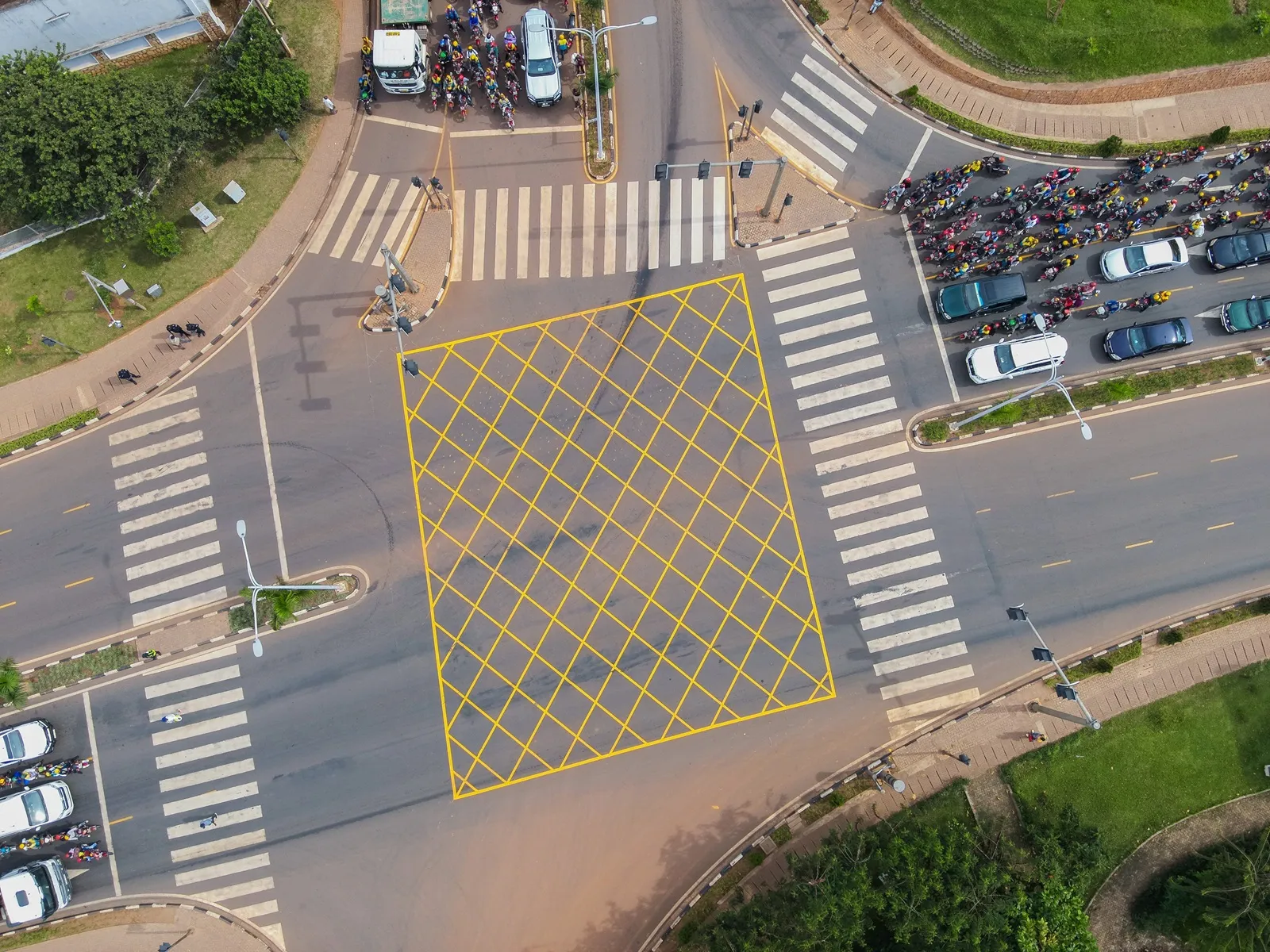Transport for London (TfL) has selected Transport Simulation Systems’ Aimsun modelling software following a lengthy evaluation. With London’s population predicted to reach 10million by 2030, the authority needed to increase its modelled area by a factor of 10 to more than 2,300km2 along with improved cyclist, pedestrian and air quality predictions.
For a market assessment it divided its modelling requirements into three categories: tactical - for city wide policy evaluation, micro-simulation for modelli
September 25, 2015
Read time: 2 mins
For a market assessment it divided its modelling requirements into three categories: tactical - for city wide policy evaluation, micro-simulation for modelling London’s 23 main traffic corridors, and optimisation of the junction/network with some 6,300 signalised junctions. 3D visualisation was also specified.
It evaluated three systems in each category by providing potential suppliers with data regarding a particular area and setting out up to 70 outcome requirements for each level. Interconnection between the proposed systems in the various layers was also evaluated.
TfL’s lead modelling specialist Vladimir Vorotovic said 70% of the score weighting related to the technical capability and service provision with the remainder being financial considerations.
Beyond predicting travel times, the new systems had to accommodate an expected tripling in the number of cyclists, enhanced emissions modelling (including 3D evaluation of building/canyons) and linking the outputs to the other layers. The aim of the cross linking is to retain the individual vehicle movements detail used in junction modelling at the corridor level (using Aimsun hybrid simulation) along with 3D visualisation - and to inform the tactical model.
According to Vorotovic, once implemented the system will enable changes made at individual junctions to be evaluated on a corridor level or even across the entire modelled area. It will also allow the effects of policy changes to be modelled at street level on individual junctions.










